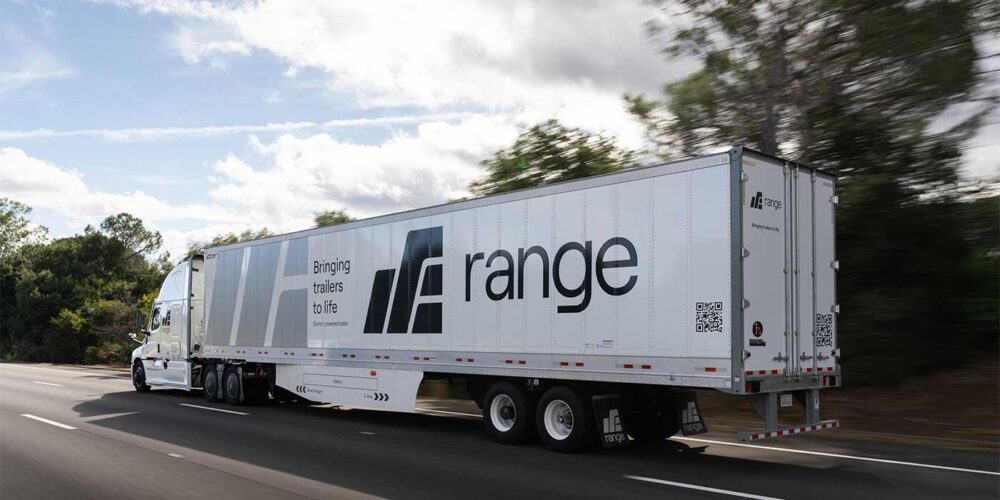All good tire management programs include close monitoring of scrap tires—those tires that are no longer serviceable either as partially worn new tires or retreads—or casings that are no longer acceptable for retreading. There are many specific reasons that can render a truck tire as “scrap.” Nearly all of these are detailed, along with descriptions, pictures and probable causes in the TMC publication, “Radial Tire Conditions Analysis Guide”.
Click here to read more of Asa Sharp’s truck tire insight.
Industry experts have divided these conditions into three general classifications of causes: Vehicle maintenance or service condition related; Accident or driver abuse related; and Tire product deficiency related. The purpose of these distinctions is to assist maintenance managers in directing their efforts to mitigate or eliminate these conditions, thereby reducing tire program costs.
Note that few, if any, tires are designated as “scrap” merely due to age, although most fleets attempt to have tires complete their life-cycle through the original tread and multiple retreads within eight to 10 years. Only rarely will a tire achieve this in-service age before being scrapped for other reasons given a quality tire management program. Timely scrap tire analysis is valuable feedback to correct tire problems in early stages before major unnecessary expenses occur. While scrap tire analysis provides essential input for beginning or designing an overall fleet tire management program, it should be an on-going practice as vehicle configurations, service conditions, tire selections and other variables can cause tire performance changes over time.
In recent years, industry trends of extended PM servicing intervals, selective maintenance outsourcing and over-the-road tire purchases from third party suppliers have created an information void that can adversely affect tire program costs. Tire replacements performed at away-from-home locations often lead to expedient, but sometimes undesirable, results such as mismatched duals, axle specific tires on the wrong axle, mismatched steer tires, etc. The first challenge of off-site services should always be to secure the most preferred replacement tire, defined by size, load range, brand, tread type and competitive pricing. Tire selection and servicing guidelines should be provided to suppliers (and periodically monitored) that will minimize the later need to route the truck/trailer into a company facility prematurely for further tire switching, dual matching, lug nut torqueing, etc.
The second challenge should be to learn anything from the take-off tire that can translate to assessing maintenance needs or tire program revisions. Needs for toe setting revision, chassis thrust angles and major trailer mis-alignment are fairly obvious examples. Other conditions are more subtle. Opportunities to learn useful information from the take-off tires are lost if an on-site tire technician either isn’t trained or simply doesn’t take the time to read and report conditions of the takeoff tires.
One option is to require this information to be coded/described according to TMC nomenclature and included as part of the repair order. Another option is to require the tire to be labeled with the wheel position, truck/trailer number and date of removal for return to a company inspection location. Often, the key to obtaining accurate information is to secure the tire for return to a location where it can be visually inspected and recorded for reference. Note that any tires involved in a vehicle accident should always be secured for return to a fleet location.
When questioning the time and expense of reviewing takeoff tire conditions and deciding what degree of detail is worthwhile, consider the frequency and cost of unscheduled tire removals. Consider what actions might be taken, once the information is available, to modify new tire purchase choices, retreading programs, maintenance practices and justify decisions to include tire pressure maintenance systems (TPMS) or automatic tire inflation systems (ATIS). Interpreting conditions on take-off tires is still thought of as a black art to many fleet managers, and it shouldn’t be.
Nearly all takeoff tires have a story to tell, and tire industry field engineers can provide training to help the technicians you rely on, both in-house and out-sourced, accurately to read the tires.













